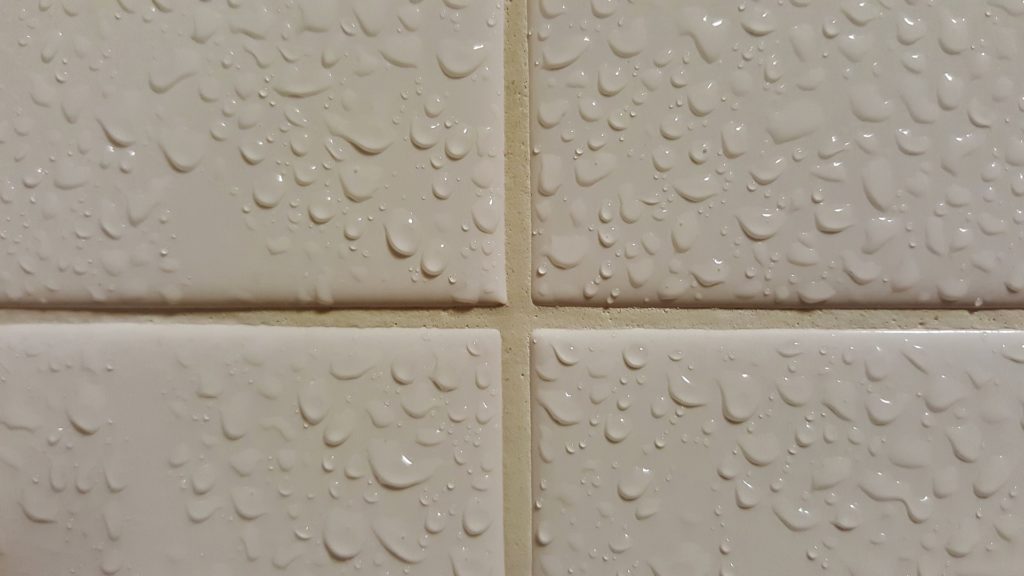Tiles are typically found in numerous places all over the house – kitchen and bathroom floors and walls, kitchen sink splash backs, patios etc. It goes without saying that these environments all experience different stresses, one of the reasons for instance that you’ll typically find ‘grippier’ matt tiles used for bathroom flooring. What you might not have considered is that your choice of tile grout is just as important as your choice of tile.
Grout is the binding agent, the difference between whether your tiles last 10 months, or 10 years. Grout is also used as an expansion joint, which allows some flexibility and stops from any minor movement in the substrate below.
In this ‘how to’ guide we’ll look at the different types of grout, the pros and cons of using each, and when and where the different types are best suited for use.
For more information regarding any of the products mentioned in this article, or to speak to one of our friendly experts about your upcoming tiling project please call us today on 01903 775778. We stock a large range of tile grouts and adhesives, as well as all of the accessories you’ll need to complete your tiling project to a professional standard.
Types of grout and when you should use them
The different types of tile grout can be broken down into two subcategories – cementitious grout (cement based) and epoxy grout.
Cementitious grouts
The traditional grout – cementitious grouts are a combination of cement, sand and water. There are four commonly used variations of cementitious grout, each with their own characteristics, favourable for use in a variety of environments.
Sanded grout
As the name would suggest, finely sanded grout contains sand. The presence of sand particles works to increase the strength of the grout joints, creating a stronger between the tile and floor or wall surface. This extra strength makes it suitable for use where the joints between tiles measure between 1/16 – 1/8 of an inch.
Suitable applications
- Bathroom floors
- Kitchen floors
- Shower pan
- High traffic areas such as entrances and hallways
Unsanded grout
Unsanded grout (grout without sand) is best suited for applications where the joints between tiles measure up to 1/8 inch. When used in wider grout joints it has a tendency to shrink and crack due to their lower bonding strength.
Unlike sanded grout, the texture is smooth and there is no risk of scratching or damaging tiles during application. Although sealing is not required, it is advisable in order to extend the life expectancy of the joint.
Suitable applications
- Bathroom floors
- Kitchen floors
- Shower pan
- High traffic areas such as entrances and hallways
Polymer cement grout
These types of grout contain an additive, for instance latex polymer, which increases both the strength and water resistance of the grout, making it suitable for use in larger grout joints of up to 1 1/4 inches.
Suitable applications
- Commercial spaces
- High traffic areas such as floor tiles for entrances, hallways etc.
- Areas of high stress including kitchen worktops, splashbacks etc.
FAQ’s
Is grout required between tiles?
Yes, grouting is a vital part of tiling, and must be installed with freshly laid tiles. Without grouting, tile corners will rub against one another and can cause chipping in the tiling. Grouting allows for flexing and movement in the tiles and substrate, which is quite common on new builds and extensions. Grout is also essential for bonding and sealing the joint between tiling. Furthermore, grouting creates a seamless appearance, whilst protecting the surface below from dirt and moisture.
Which tile grout is best?
Different tile grouts are suited for different applications. Epoxy grout is considered to be a good all-round grout, suitable for a wide range of uses. Please contact 01903 775778 to order Epoxy grout. The most popular grout is a Cementitious based grout with added polymer
What are the different types of grout?
Grouts can be categorised as either cementitious or polymer based grouts. These can be further sub categorised to include sanded grout, quarry type grout, unsanded grout, polymer cement grout, epoxy grout and furan grout.
Can you put new grout on top of old grout?
In short, if there is sufficient depth then it is in theory possible to apply new grout over existing grout. The depth required depends on the type of grout used. If you would like to re-grout, we recommend using a grout saw to remove at least 3mm depth of grout before applying new grout to the surface.
How do you grout tiles?
Check out our comprehensive 8 step guide to tile grouting.
Shop grout and tiling tools online
We stock a wide range of professional quality tiling and grouting tools at competitive prices – shop now.

